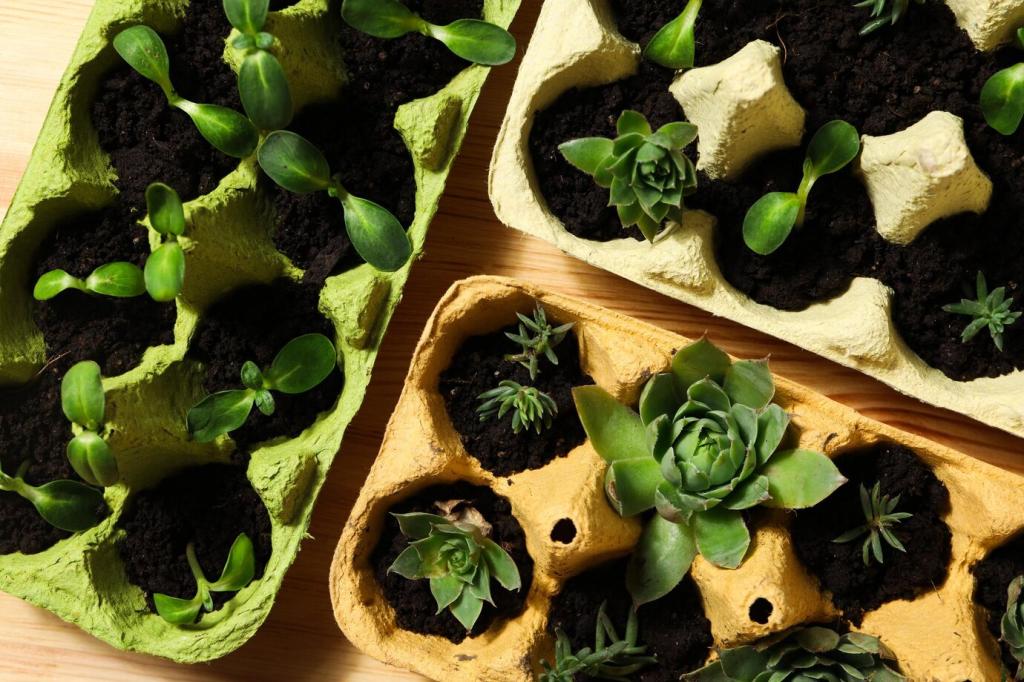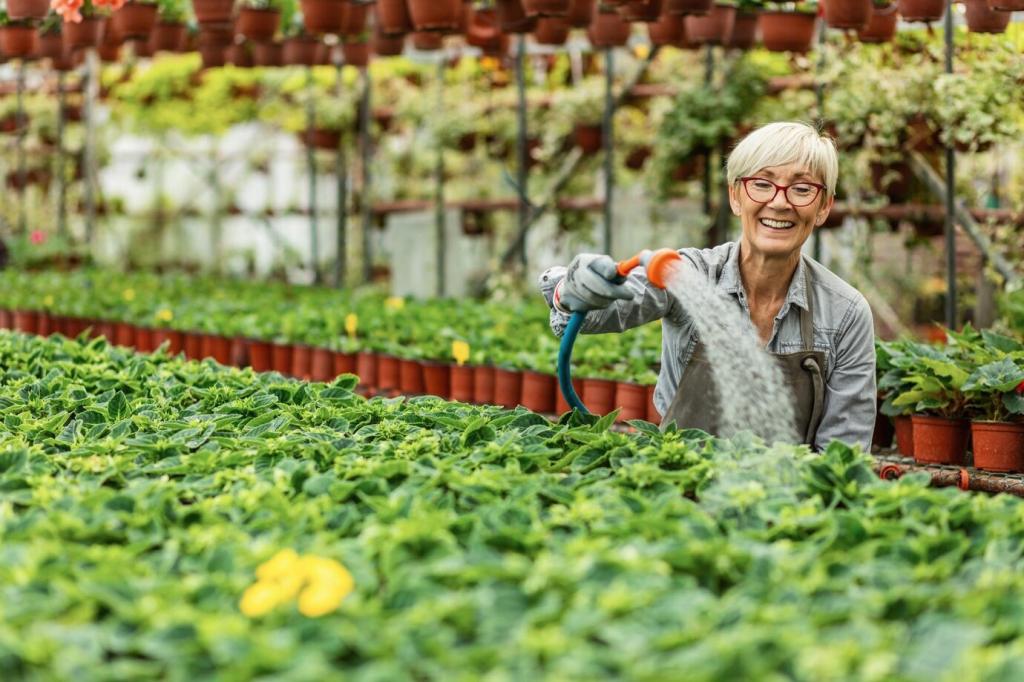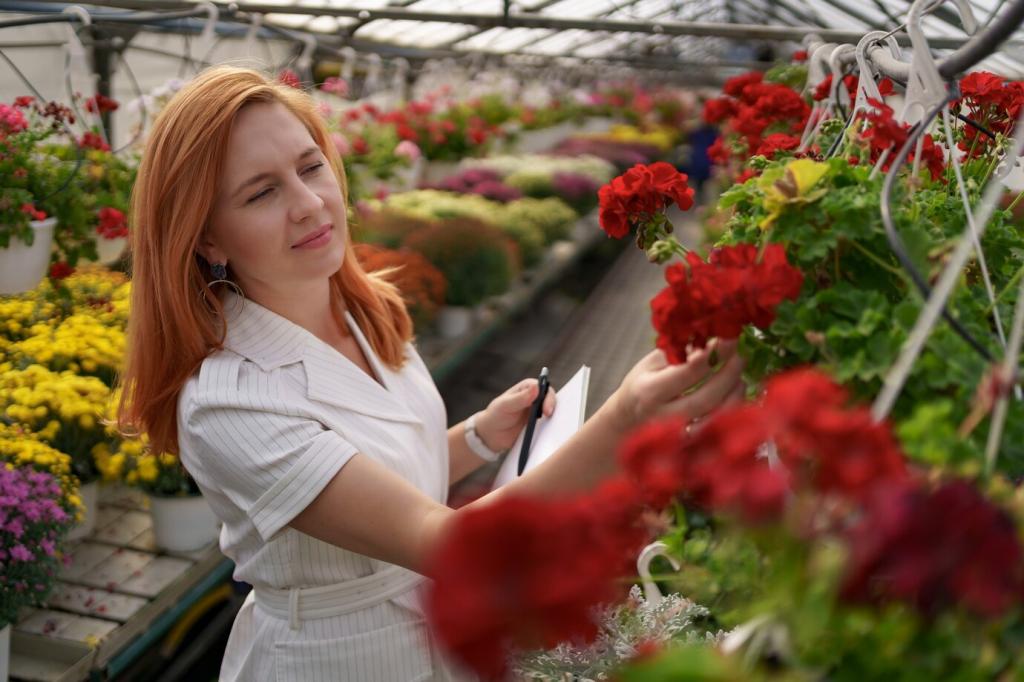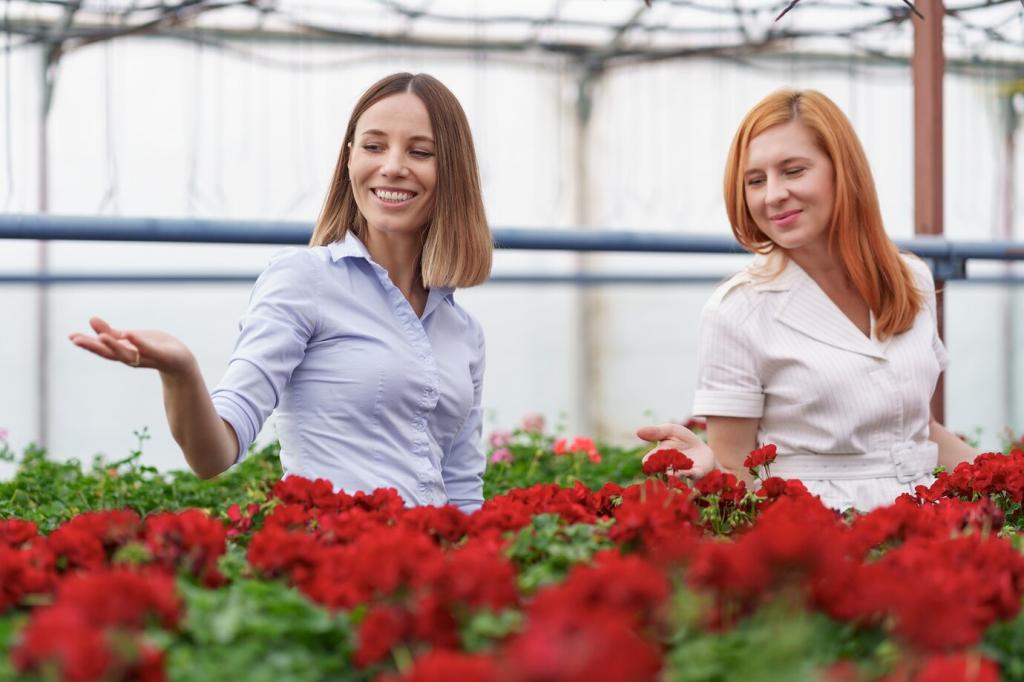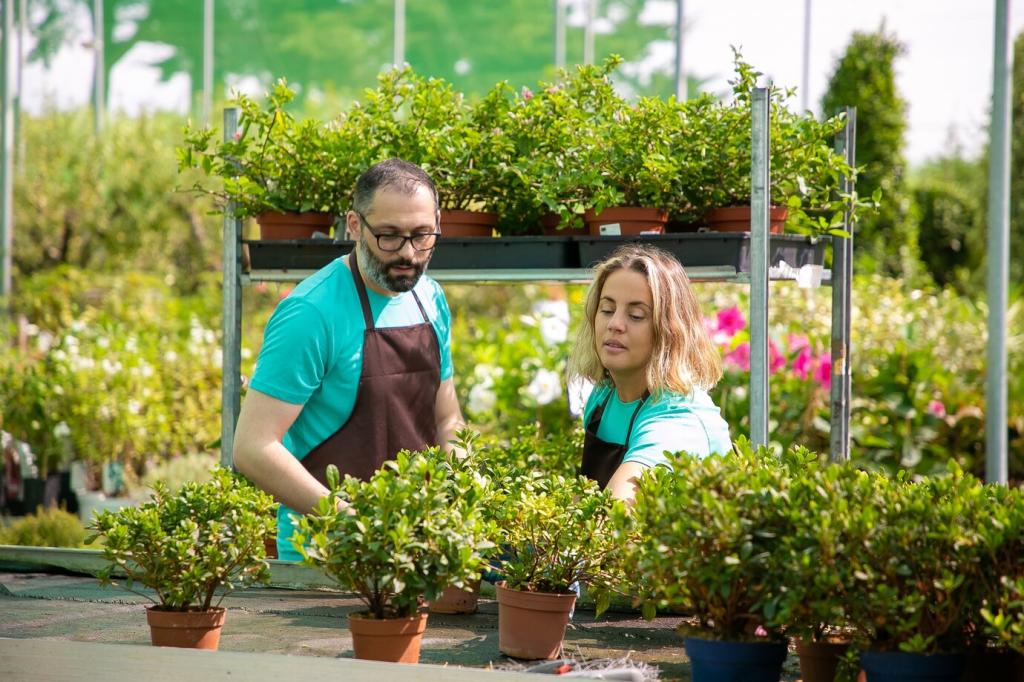Knowing the Land: Climates and Soils Across Africa
Baobab and shea flourish in savanna heat, while rooibos and honeybush prefer the sandy, acidic soils of the fynbos. Enset anchors Ethiopian highlands, and finger millet endures dry spells. Choose species by rainfall, temperature swings, and local ecology. Tell us your region, and we’ll help match hardy indigenous plants to your microclimate.
Knowing the Land: Climates and Soils Across Africa
Healthy indigenous crops lean on living soils rich in fungi and microbes. Gentle mulching, composted manures, and minimal tillage support mycorrhizae that help roots forage for nutrients. Aloe ferox tolerates poor soils, while spekboom stabilizes degraded ground. Share your best soil-building habits below so others can learn practical, low-cost methods.

